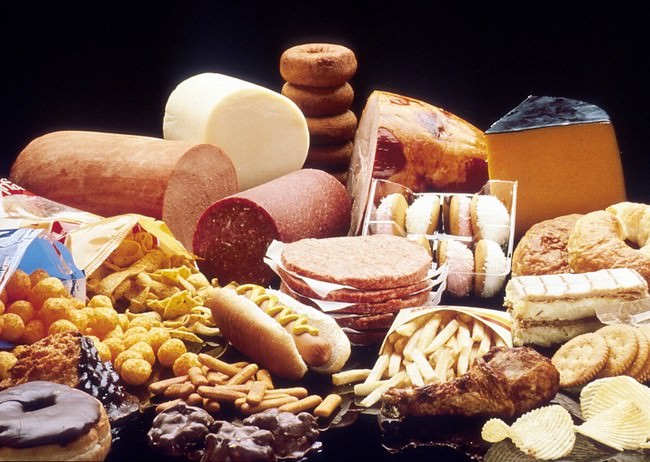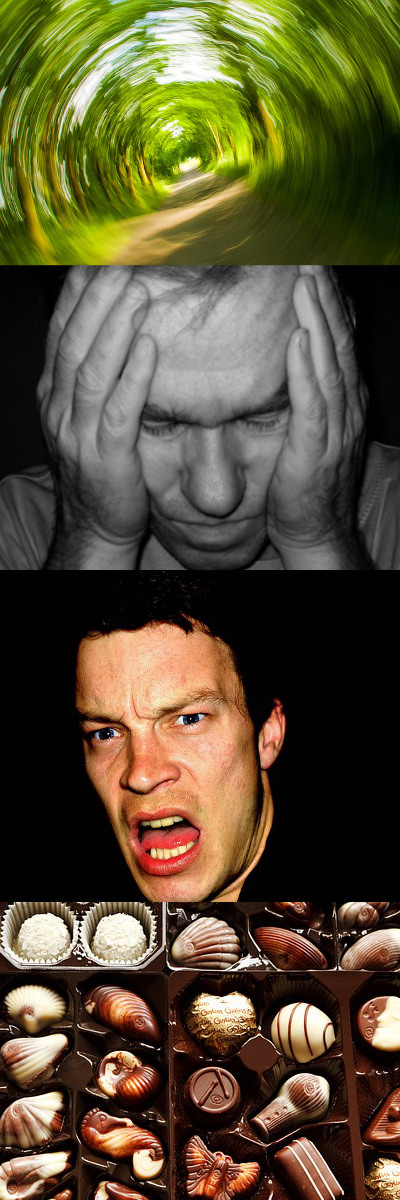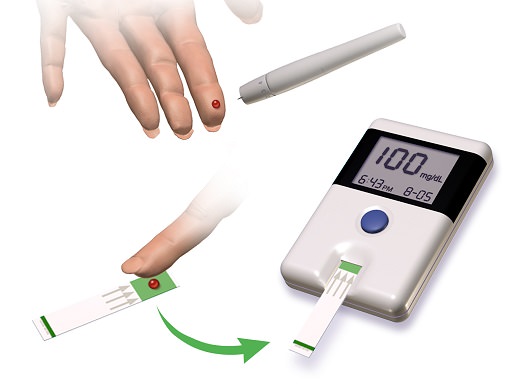What Is Psoriatic Arthritis?If you have psoriasis -- a skin condition that makes thick patches of itchy red, white, or silvery skin -- you could get psoriatic arthritis. With psoriasis, your body's immune system goes into overdrive, causing inflammation of your skin. With psoriatic arthritis, it also attacks your joints, making them swollen and stiff. Getting diagnosed early can help you prevent or limit joint damage.
Who Gets It?About 85% of people who get psoriatic arthritis already have psoriasis. Only about 15% get it without any history of psoriasis. If you have psoriasis and you notice joint pain, see a doctor who specializes in arthritis for a diagnosis.
CausesWe don’t know exactly what causes psoriatic arthritis. It's most likely passed on in families. About 40% of people who have it have a close relative who has it, too. Infections like strep throat may also have some links to psoriasis.
Warning SignsStiff, puffy, sausage-like fingers or toes are common, along with joint pain and tenderness. The psoriasis flares and arthritis pain can happen at the same time or location, but not always. You may also have:
Dry, red skin patches that may have silvery-white scales
Pits in your nails or nails that separate from the nail bed
Fatigue
Eye redness and pain
Back and Heel PainOne form of psoriatic arthritis can inflame the joints in your spine. It’s called spondylitis, and it causes back and neck pain. Another form causes pain, tenderness, or swelling where tendons attach to your bones, like in your heel. It can also affect your hands, knees, hips, or chest.
Get Diagnosed EarlyAn arthritis specialist (rheumatologist) can diagnose psoriatic arthritis and treat it early. She will look at your joints and skin, noticing any swelling, pain, or nail changes. Your doctor may also order X-rays, MRIs, ultrasounds, or CT scans to check for joint damage. Blood, joint fluid, or skin samples can rule out other forms of arthritis.
Psoriatic Arthritis TreatmentIf your case is mild, you may need only a drugstore anti-inflammatory medicine like Advil or Aleve when your joints are sore. Corticosteroid injections can also help. Prescription drugs called DMARDs (disease-modifying antirheumatic drugs) relieve severe symptoms. They also slow or stop psoriatic arthritis from getting worse and ease skin problems. Your doctor may also suggest separate treatments for your psoriasis.
Treatment With BiologicsBiologics are some of the newer drugs used to treat psoriatic arthritis. Your doctor may prescribe one for you if other drugs aren't working. Biologics target immune cells that cause psoriasis and psoriatic arthritis. They can slow down damage to your joints as well as ease symptoms like joint pain, swelling, and scaling of your skin.
ExercisePsoriatic arthritis pain is different than regular arthritis pain. The pain and swelling get worse when you're not active. Exercise can help prevent pain. Swimming and walking in a pool are good no-impact cardio workouts that also build strength and flexibility. Just shower right after you get out of the pool so the chlorine doesn't dry your skin. If you're not sure how to get moving, a physical therapist can help.
FatigueYou may get tired if you have psoriatic arthritis. Pain medication helps. Other ways to beat fatigue:
Get up later in the morning, or take an afternoon nap.
Save your energy for activities that are most important or that you enjoy most.
Ask family or friends to help.
Exercise regularly to boost your energy and sleep better at night.
PainTry heat and cold therapy to relieve pain. Soak in a bath, take a shower, or use a hot pack to relax your aching muscles and relieve soreness. Apply a bag of ice or frozen vegetables wrapped in a towel to numb a joint and relieve swelling.
About one-third of people with psoriatic arthritis have a mild form of the disease that stays stable over time. Others need long-term treatment for their symptoms. Medicines have come a long way, so even severe psoriatic arthritis doesn't have to be disabling. Pro golfer Phil Mickelson (a spokesman for the drug Enbrel) credits an early diagnosis and good treatment with helping him overcome near-crippling pain to stay in the game.
THIS IS ONLY FOR INFORMATION, ALWAYS CONSULT YOU PHYSICIAN BEFORE
HAVING ANY PARTICULAR FOOD/ MEDICATION/EXERCISE/OTHER REMEDIES.
PS- THOSE INTERESTED IN RECIPES ARE FREE TO VIEW MY BLOG-
HTTP:GSEASYRECIPES.BLOGSPOT.COM/
FOR INFO ABOUT KNEE REPLACEMENT, YOU CAN VIEW MY BLOG-
HTTP://KNEE REPLACEMENT-STICK CLUB.BLOGSPOT.COM/
FOR CROCHET DESIGNS
HTTP://MY CROCHET CREATIONS.BLOGSPOT.COM




